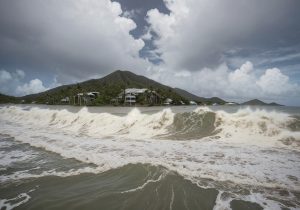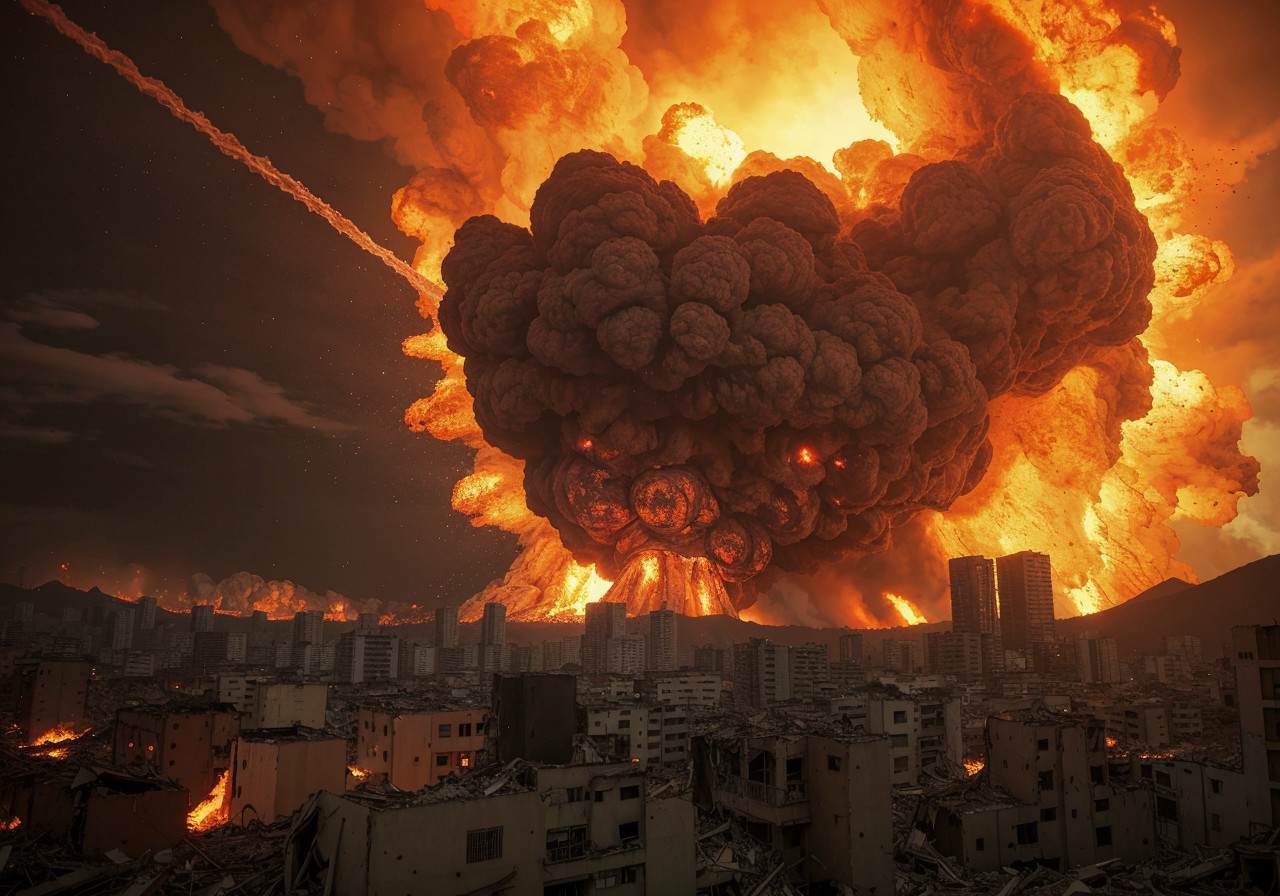
Imagine waking up to the news that the asteroid Apophis, once thought to be a near miss, is now on a direct collision course with Earth. The sky is tinged with an eerie orange glow, and the air is thick with tension. Your daily routine is a distant memory as you scramble to prepare for the unthinkable. This is life in 2029, in the shadow of Apophis.
Scenario Description:
In this terrifying scenario, the asteroid Apophis, previously expected to narrowly miss Earth, has collided with another celestial body, altering its trajectory. Now, it’s on a direct path to our planet, with a projected impact in Venezuela. Scientists predict the impact will occur in April 2029, causing catastrophic damage.

As the world watches the countdown to collision, governments worldwide enact emergency measures. In Venezuela, evacuation efforts are launched on an unprecedented scale. Coastal cities and areas within the impact radius are cleared out due to expected tsunamis and widespread destruction. Major population centers brace for unprecedented devastation. Apophis, roughly 370 meters in diameter, promises to unleash energy equivalent to thousands of nuclear bombs, causing global shockwaves, massive fires, and long-term climatic effects.
Evacuation Efforts:
The logistical challenges of evacuating Venezuela’s densely populated regions are immense. With over 10 million people in the danger zone, the government mobilizes all available resources. International aid pours in, with neighboring countries offering shelter and support.
Military and civilian aircraft, ships, and convoys are deployed to transport people to safer areas. However, the infrastructure is quickly overwhelmed. Airports and highways become clogged with fleeing residents, and the sheer number of evacuees leads to chaos and panic. The Venezuelan government sets up temporary shelters in neighboring Colombia, Brazil, and Guyana, but these quickly fill up, leading to overcrowding and shortages of essential supplies.
Healthcare facilities are stretched to their limits, treating injuries sustained during the frantic evacuation. Makeshift clinics are established to provide medical care, but the demand far exceeds the supply. Emergency responders work around the clock, but with limited resources, they struggle to reach everyone in need.
As the evacuation continues, the psychological toll on the population becomes evident. Families are separated, and many are left uncertain about the fate of their loved ones. The looming impact creates an atmosphere of fear and anxiety, further complicating the efforts of emergency personnel.
Post-Impact Scenario:
The immediate aftermath of the impact is chaos. The asteroid hits Venezuela with a force that triggers massive earthquakes, tsunamis, and volcanic eruptions. Cities like Caracas and Maracaibo are obliterated, and the death toll rises rapidly. Communication networks collapse, infrastructure crumbles, and millions are left homeless.
The impact darkens the sky with ash and debris, blocking sunlight and causing global temperatures to plummet in a “nuclear winter” scenario. Agriculture fails, leading to widespread food shortages. Survivors band together in makeshift shelters, relying on dwindling supplies.
International aid is crucial in the aftermath. Rescue operations are launched, but the scale of the disaster makes coordination difficult. Aid organizations struggle to deliver food, water, and medical supplies to the affected areas. The global community faces a humanitarian crisis of unprecedented proportions.
Prevention and Mitigation:
To prevent such a disaster, increased investment in space monitoring and asteroid deflection technologies is crucial. Space agencies must develop and test methods like the kinetic impactor technique, where a spacecraft intentionally collides with an asteroid to change its course, or the gravitational tractor method, using a spacecraft’s gravity to nudge the asteroid off its deadly path.
If prevention fails, comprehensive global emergency preparedness plans are essential. Stockpiling food, water, and medical supplies can save lives. Establishing international cooperation for disaster response, evacuation plans, and public education campaigns will ensure a quicker, more efficient reaction to such apocalyptic threats.

